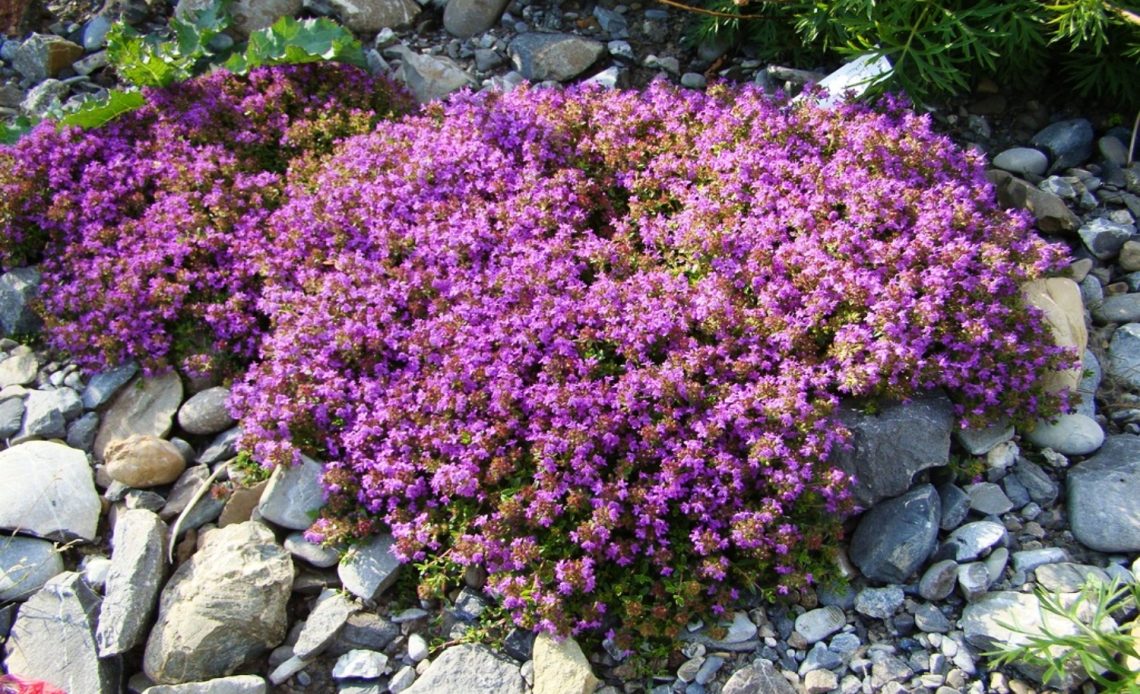

We’re here to help! Wild Yards is a completely free website that is 100% dedicated to helping you create a wildlife-friendly, sustainable yard. Read more
WildYards is reader-supported. When you buy a product through a link on our site, we may earn a comission. Every product is independently selected by our (obsessive) editors and our reviews are unbiased and objective. Read more about our mission or our privacy policy.
Red creeping thyme has seen a surge in popularity in recent years. More and more gardeners are re-wilding their manicured lawns, replacing turf with easy-growing plants that support local wildlife. Red creeping thyme is a low-maintenance ground cover that can attract countless pollinators to your backyard, so it’s an excellent choice if you want to turn your property into an oasis for beneficial insects. One of the major benefits of red creeping thyme is its ability to grow in hot, sunny locations, like the lone star state. If you’re interested in growing red creeping thyme in Texas, here are some tips to get you started.
Red creeping thyme can survive the extreme heat of Texas, and can even grow well in sandy, nutrient-deficient soils. To grow red creeping thyme in Texas, plant it in full sun and moist yet well-draining soil with a neutral pH of 7.0.
Can you grow red creeping thyme in Texas?
Native to Europe and Asia, red creeping thyme (Thymus serpyllum ‘Coccineus’) can be found growing wild in hot, dry climates, such as those found in the Mediterranean and Middle East. In the United States, red creeping thyme is hardy from zones 4 through 9, which encompasses about three-quarters of the state of Texas.
Red creeping thyme is an ornamental variety of thyme. Although it isn’t often used as a culinary herb, it produces fragrant foliage and is just as easy to propagate from cuttings. This plant can stand up to regular foot traffic, making it a popular choice for filling in between pavers. Some homeowners have switched to red creeping thyme as a low-maintenance alternative to grass.
Red creeping thyme doesn’t require much care. In fact, this plant grows so easily that many gardeners consider it invasive. As long as the plant’s basic growing needs are met, it’s easy to grow in Texas. Red creeping thyme is often found in Texas landscapes, along with its favorite companion plants, lavender, rosemary, and oregano.
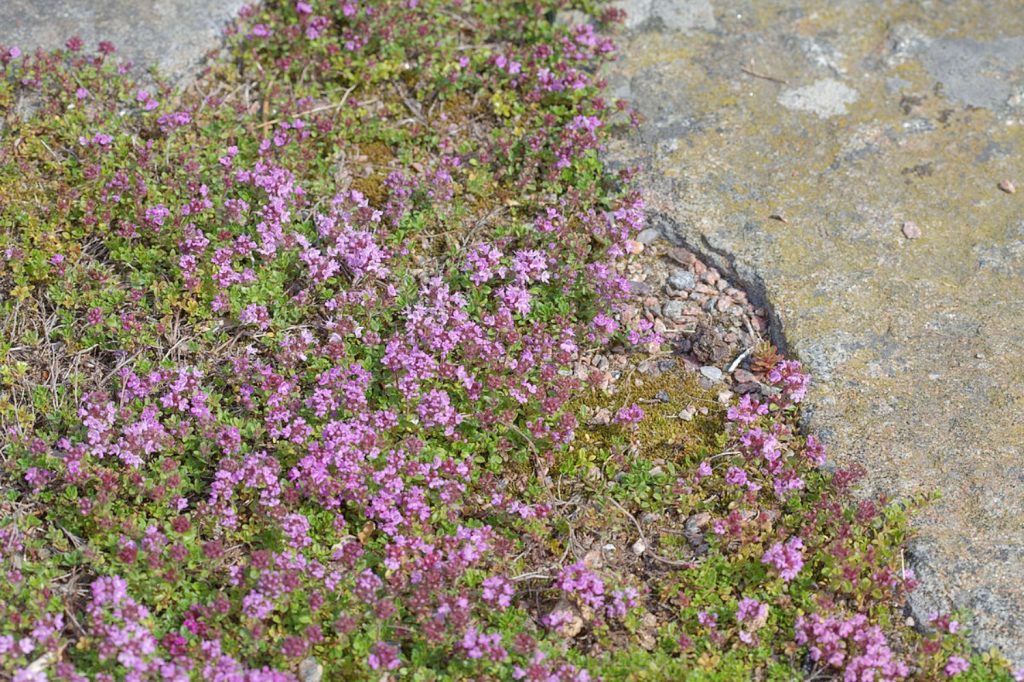
6 Tips for growing red creeping thyme in Texas
If you live in Texas, and you’re thinking of planting red creeping thyme in your flower beds, here are a few pointers to help you maximize your chances of success.
Start seeds and/or cuttings at the right time
You want your red creeping thyme to start out on the right foot, so be sure to plant seeds and propagate cuttings at the right time. Red creeping thyme plants should be started in spring after the threat of frost has passed. For best results, plant your seedlings and rooted cuttings in peat seed pots filled with all-purpose potting soil, and keep the soil moist, but not dripping wet. Set the plants on a sunny windowsill to keep them warm.
Once your seedlings have developed 2 to 4 sets of true leaves, and your cuttings have shown signs of new growth, your red creeping thyme plants are ready to be moved out to your garden. Planting your red creeping thyme in the mild spring weather will help the plants get established before the mercury starts to rise.
Amend your native soil
You can grow red creeping thyme just about anywhere in Texas, but you’ll have the most luck when you grow the plants in nutrient-poor, well-draining soil that has a neutral pH. Red creeping thyme will adjust quickly to Edwards Plateau and Post Oak Savannah soils. These nutrient-poor soils are sandy in texture, so they drain well. Red creeping thyme also tends to grow well in Blackland Prairie soils, which have a higher clay content and moderate nutrient availability.
However, if your native Texas soil is extremely clay-rich, or if it has a particularly acidic or alkaline pH, then it should be amended before planting. Add sand and compost to loosen up compacted soils and encourage good drainage. If your soil is too acidic, raise the pH with lime or wood ash. And, if your soil is too alkaline, add sulfur or oak leaves and pine needles to neutralize it.
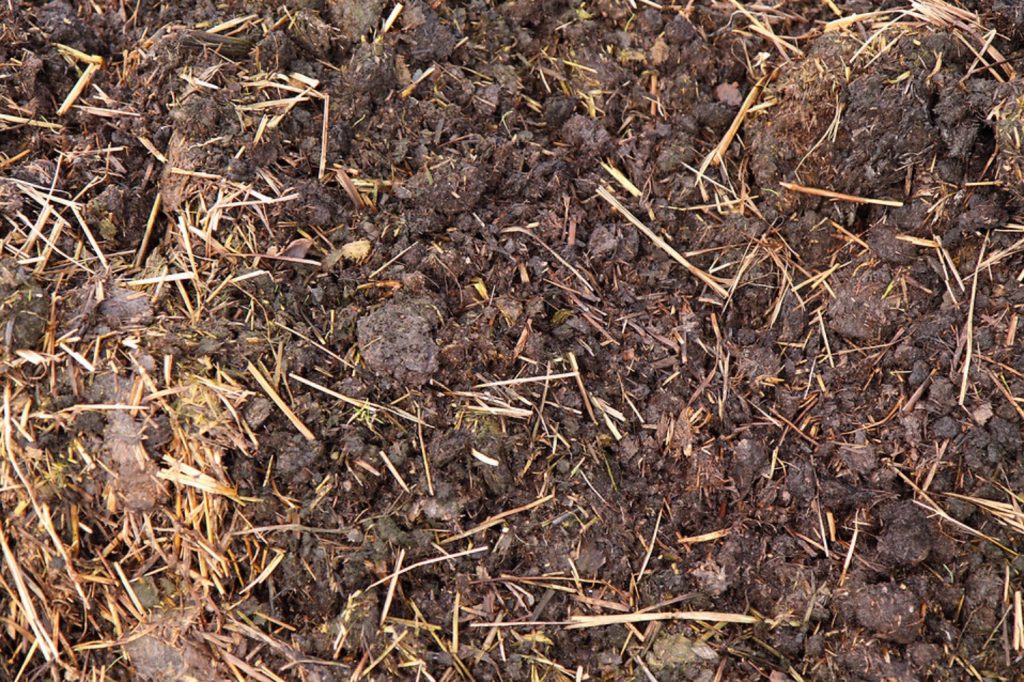
Make sure the plants get enough sunlight, but not too much
Red creeping thyme needs 6 or more hours of direct sunlight every day to grow well. The cooler your growing zone, the more sunlight the plants will need. But the farther south you move, the hotter the climate gets. And even though red creeping thyme can withstand high heat, if it gets too hot, it will become stressed and won’t grow well.
If your growing zone is particularly dry, and if the temperatures regularly reach the 100s in the summertime, then you should plant your red creeping thyme in a location where it will receive some afternoon shade. This will help the plants conserve moisture during the hottest part of the day, which, in turn, will support continued growth and ample flower production.
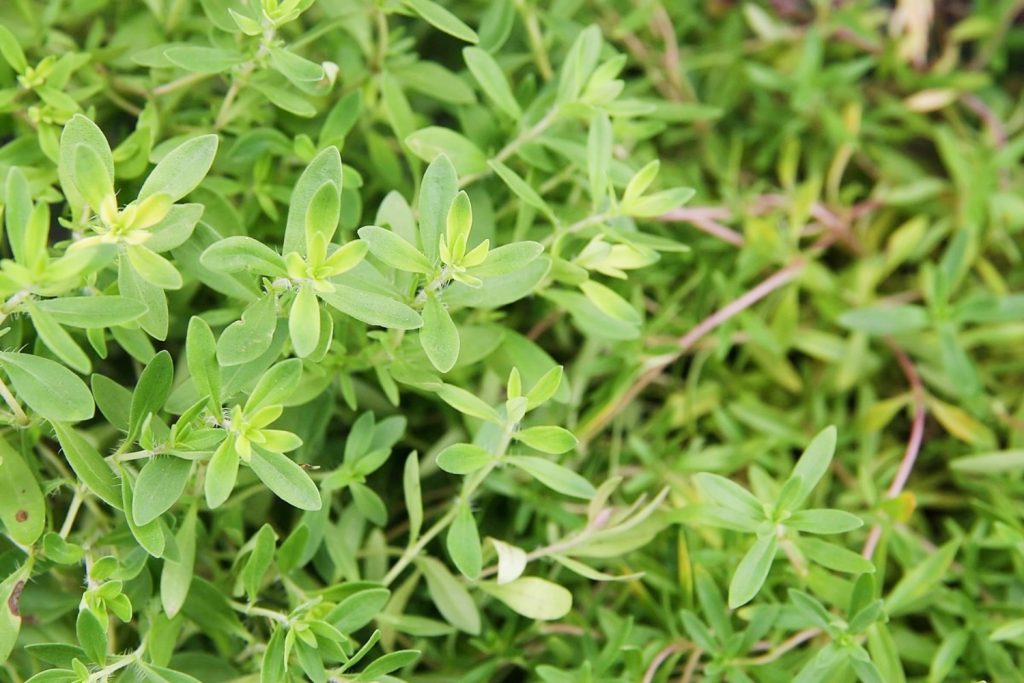
Water the plants regularly, but don’t overwater them
Whether you’re growing red creeping thyme in Texas or anywhere else, these plants do not like to sit in muddy soil. That said, you’ll find your red creeping thyme grows best when the soil can be kept uniformly moist to the touch. Check the soil often, especially in the two weeks following transplanting, and water the plants regularly to keep the soil damp. You may need to use lawn clippings or wood chip mulch to prevent the young plants from drying out too quickly in between waterings.
Keeping the soil moist encourages the plants to grow strong root systems. Summers in Texas are hot, hot, hot, so you may find you need to water your red creeping thyme more often than most garden sites and/or nurseries recommend. As time goes on, you’ll get a better feel for how much water your thyme needs to grow well. Once your thyme has become established, it will act as its own living mulch, dropping dead leaves to decompose and protecting the soil from sunlight.
Pro tip: when watering your red creeping thyme, be sure to do so in the morning. This gives the plants a little perk-me-up before the heat of the afternoon arrives.
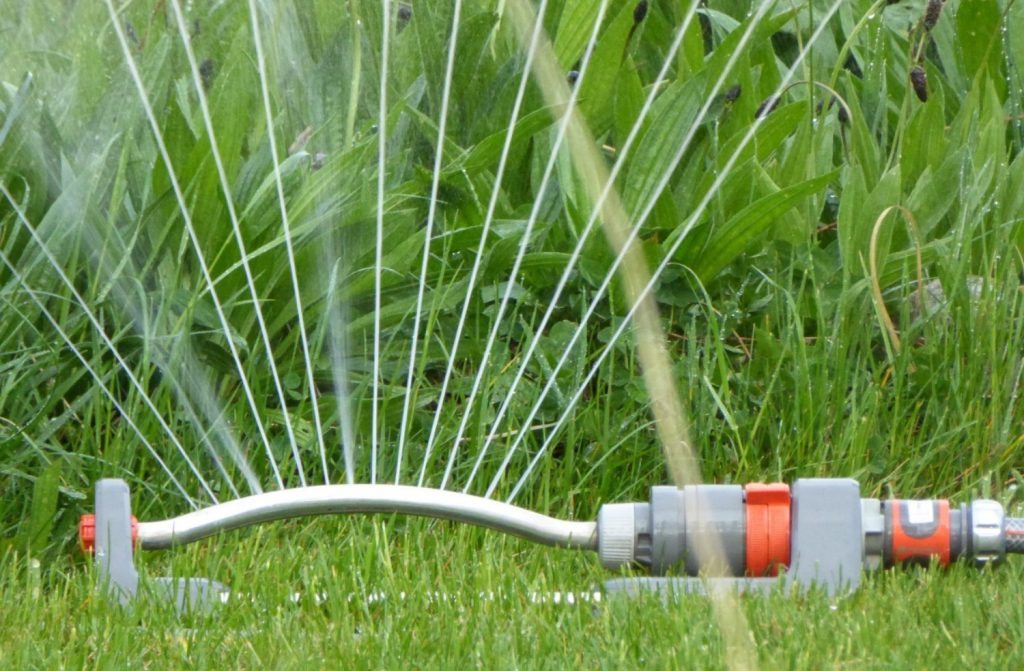
Prune the plants to encourage growth
Red creeping thyme is extremely forgiving. Although younger plants should be pruned with shears or sharp scissors, established mature plants can be trimmed simply by running over them with a lawn mower. Keeping the plants short encourages them to fill in, creating a lush carpet for your backyard.
Prune your red creeping thyme to just above the woody growth. Because red creeping thyme only grows 2 to 3 inches tall, you may only need to mow over it once or twice a season. It’s best to prune your red creeping thyme in spring or fall. If you intend to use your red creeping thyme to attract bees and other pollinators, then avoid pruning it during the flowering period in summer.
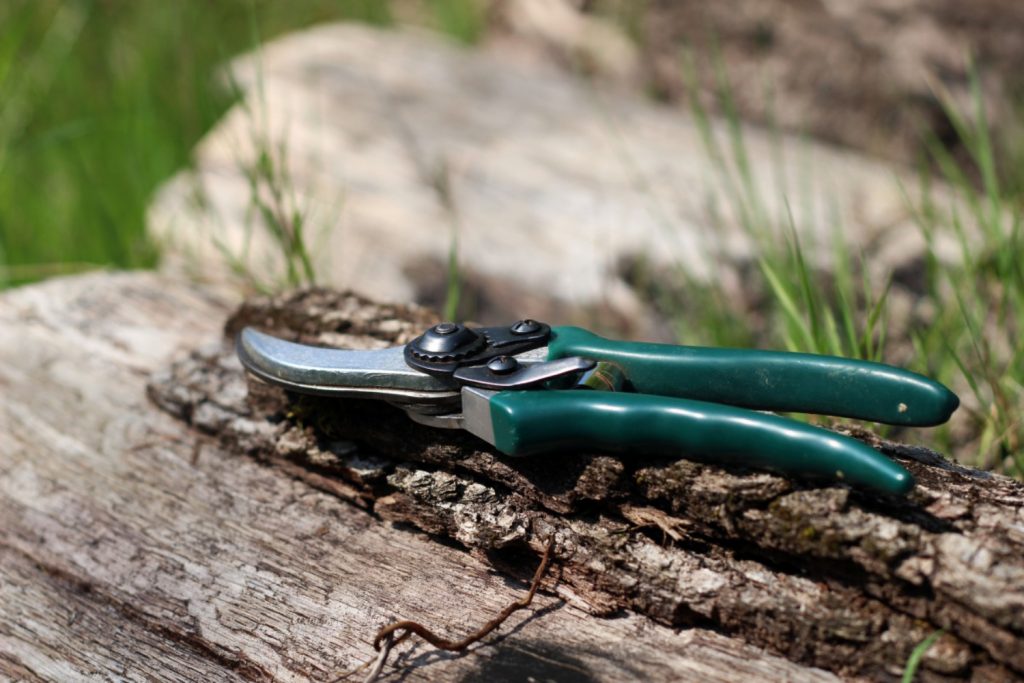
Use organic fertilizers
When we say red creeping thyme is fuss-free, we mean it. As long as you meet the plant’s basic growing requirements, it can take care of itself without much outside help. Because red creeping thyme has low nutrient requirements, it doesn’t need to be fertilized. In fact, red creeping thyme prefers nutrient-poor soils. So if you feed the plants, they may not grow as well as they would have had you left them alone.
If you must fertilize your red creeping thyme, then use organic fertilizers, like compost or aged manure. These organic materials will provide the plants with enough nitrogen, phosphorus, and potassium to grow and bloom for years. They will also improve soil structure to promote good drainage.
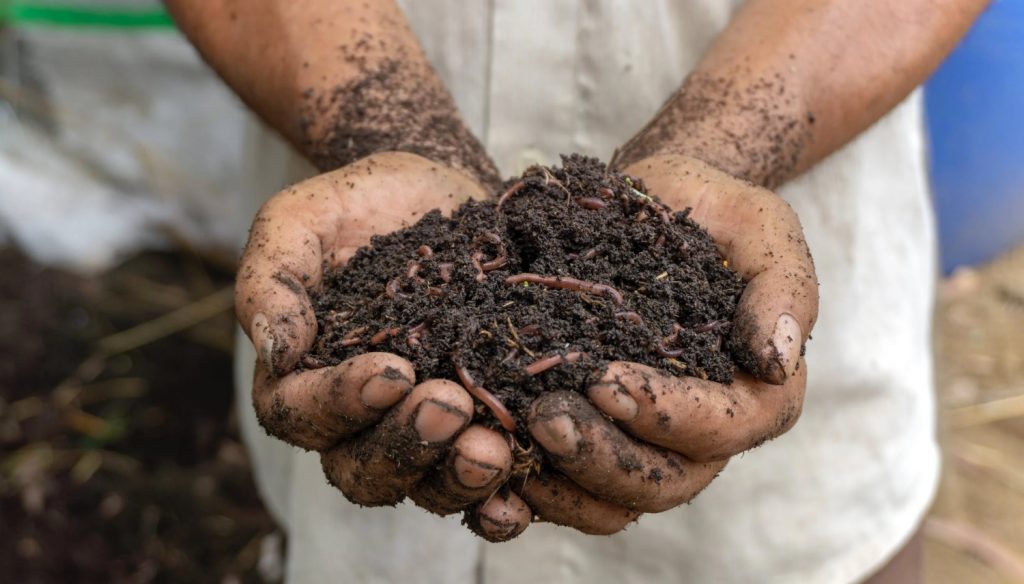
Growing red creeping thyme in Texas is easy
Texas gets hot, y’all. And gardening in 100-degree heat is no fun. If you’re looking for low-maintenance ground covers that can survive the harsh Texas environment, then look no further than red creeping thyme. This drought-hardy plant can take care of itself, so you can enjoy a gorgeous, wildlife-friendly backyard without having to work too hard.
